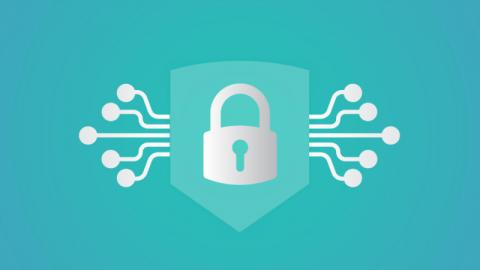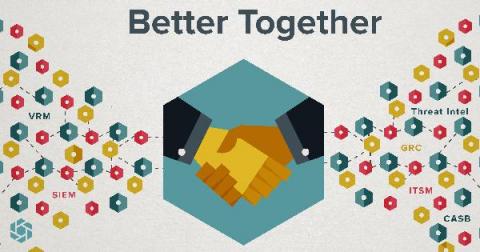Nightfall's DLP API Adds Data Discovery and Classification to Your Applications
As a cloud-native data loss prevention solution, Nightfall DLP can natively integrate with some of the most popular SaaS applications in order to protect against the proliferation of sensitive data in these environments. With our native integrations, Nightfall helps keep client data safe on apps including Slack, GitHub, Google Drive, Confluence, and Jira. But did you know that Nightfall also exists as a standalone DLP API?











